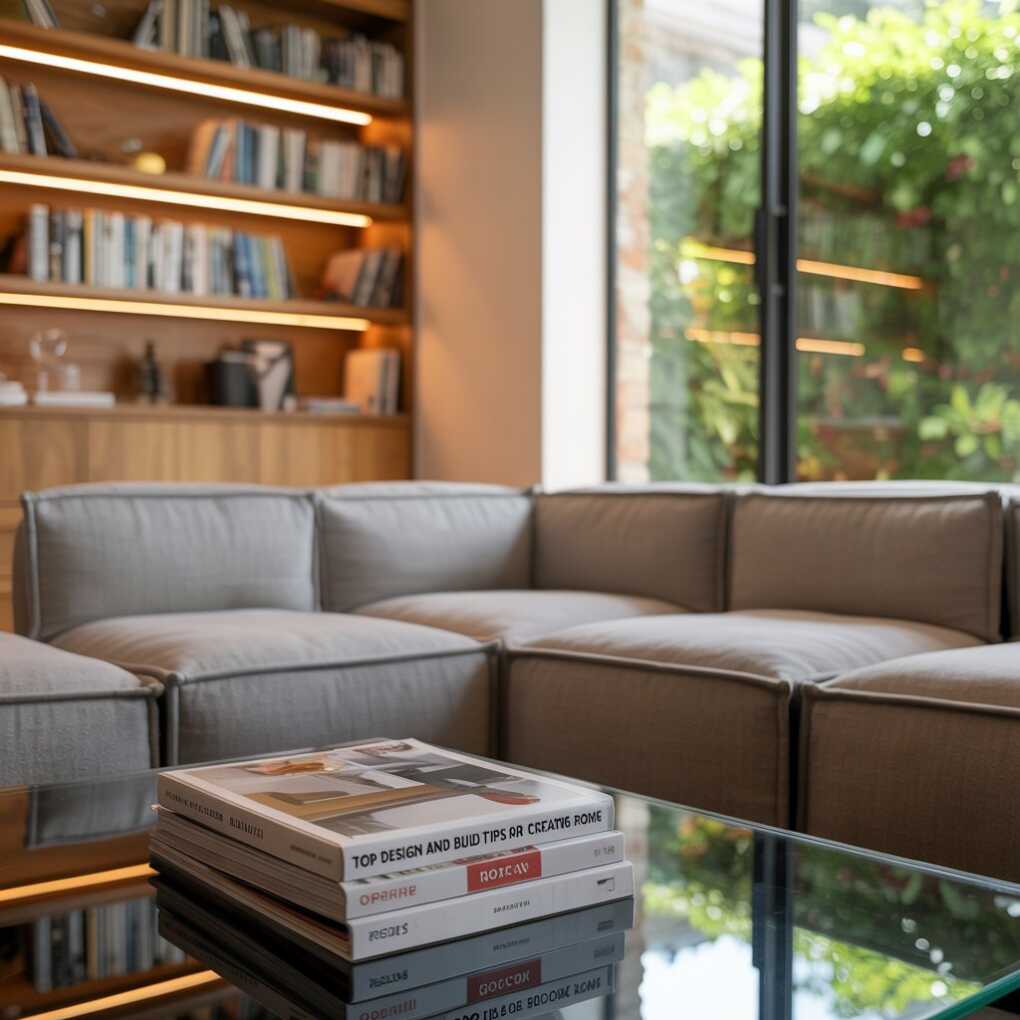Modern homes are increasingly expected to do more with less space. From growing families to work-from-home needs, homeowners are constantly looking for ways to expand their living areas without the hassle of moving. The good news? With smart design and build strategies, you can unlock hidden potential in your property. Whether you’re considering an extension, conversion, or creative interior design, thoughtful planning can help you create extra room that’s both functional and stylish.
This guide covers the most effective design and build tips for maximizing your home’s space — while also boosting comfort, practicality, and property value.

Assessing Your Current Space
Before diving into construction, start with a thorough space audit. Walk through each room and ask:
- Which spaces feel underused?
- Are there storage areas, attics, or basements that could serve a better purpose?
- Does your lifestyle demand specific spaces, like a home office, gym, or additional bedroom?
Once you’ve identified your needs, set a realistic budget and timeline. This planning stage ensures your project is not only ambitious but also achievable.
Popular Home Extensions
Home extensions remain one of the most popular ways to add usable space. Depending on your property layout, you might consider:
- Rear Extensions – Perfect for expanding kitchen or dining areas. Many homeowners opt for open-plan layouts that merge cooking, dining, and living into one bright, spacious environment.
- Side Return Extensions – Especially valuable in Victorian and Edwardian homes, these utilize narrow side passages that are often wasted. By bringing this area into the home, you can transform dark and cramped kitchens into light-filled hubs.
- Wrap-Around Extensions – Combining rear and side extensions, this approach maximizes floor space and creates a versatile living zone suitable for families.
When planning, always consider how your extension blends with the original architecture. Matching materials and design elements create a seamless look, ensuring the addition feels intentional rather than bolted on.
Loft Conversions
Lofts often hide untapped potential. Instead of using your attic as a storage area, why not convert it into a bedroom, office, or playroom?
Key considerations include:
- Head Height – A minimum of 2.2 meters is recommended for comfortable use.
- Insulation – Proper insulation ensures the space is energy efficient and comfortable year-round.
- Natural Light – Skylights or dormer windows can flood the new room with light.
There are several types of loft conversions, including dormer (adding box-shaped structures for extra height and space), hip-to-gable (extending the sloping side roof), and mansard (a more dramatic roof alteration that maximizes space).
Basement Conversions
For homes in urban areas where land is limited, basements present an incredible opportunity. While more complex than loft conversions, basement projects can create unique spaces like:
- Entertainment rooms with home cinemas or games areas.
- Gyms and wellness retreats.
- Guest bedrooms or self-contained flats.
The main challenges here are waterproofing, ventilation, and ensuring natural light access. With expert design, basements can be transformed into warm, inviting, and highly practical living areas.
Garden Rooms & Outdoor Living Spaces
Outdoor spaces are no longer reserved just for gardens and patios. A garden room can serve as a home office, gym, guest suite, or creative studio. Unlike conservatories, modern garden rooms are insulated and designed for year-round use.
Prefabricated or modular options make installation quicker and often more affordable. Choosing designs that complement your garden and include heating, electricity, and proper insulation ensures the space feels like a true extension of your home.
Structural & Practical Considerations
No matter which project you choose, practical details matter:
- Planning Permissions – While some projects fall under permitted development, others require formal permission. Always check with your local authority.
- Building Regulations – Ensures safety, energy efficiency, and compliance.
- Professional Input – Working with architects, designers, and contractors ensures quality results and avoids costly mistakes.
If you’re considering larger projects, experienced professionals like House extension builders in London can help navigate these challenges. They provide design, project management, and construction expertise to make sure your vision comes to life seamlessly.
Smart Interior Design Tricks for Space Creation
Not every solution requires a full build. Interior design can also play a major role in maximizing space:
- Open-Plan Living – Knocking down internal walls can make small homes feel spacious and airy.
- Broken-Plan Concepts – Instead of fully open layouts, clever zoning with half-walls, glass partitions, or furniture allows definition without feeling cramped.
- Built-In Storage – Custom storage solutions reduce clutter and make rooms feel larger.
- Light and Mirrors – Using neutral colors, reflective surfaces, and large mirrors enhances brightness and the perception of space.
Cost-Saving Tips
Expanding your home doesn’t need to break the bank. Here are some ways to save without compromising quality:
- Choose Materials Wisely – Explore alternatives that are durable yet affordable.
- Phased Construction – Spread your project into manageable phases to reduce upfront costs.
- Mix DIY with Professionals – Handle simpler tasks like painting yourself while leaving structural work to the experts.
Conclusion
Creating more room at home is about more than just adding square footage. It’s about designing spaces that improve daily life, meet evolving needs, and add long-term value to your property. From extensions and conversions to clever garden rooms and interior tricks, there are countless ways to transform your home.
With careful planning, expert guidance, and creative thinking, you can unlock your home’s hidden potential and enjoy a living space that grows with you.
